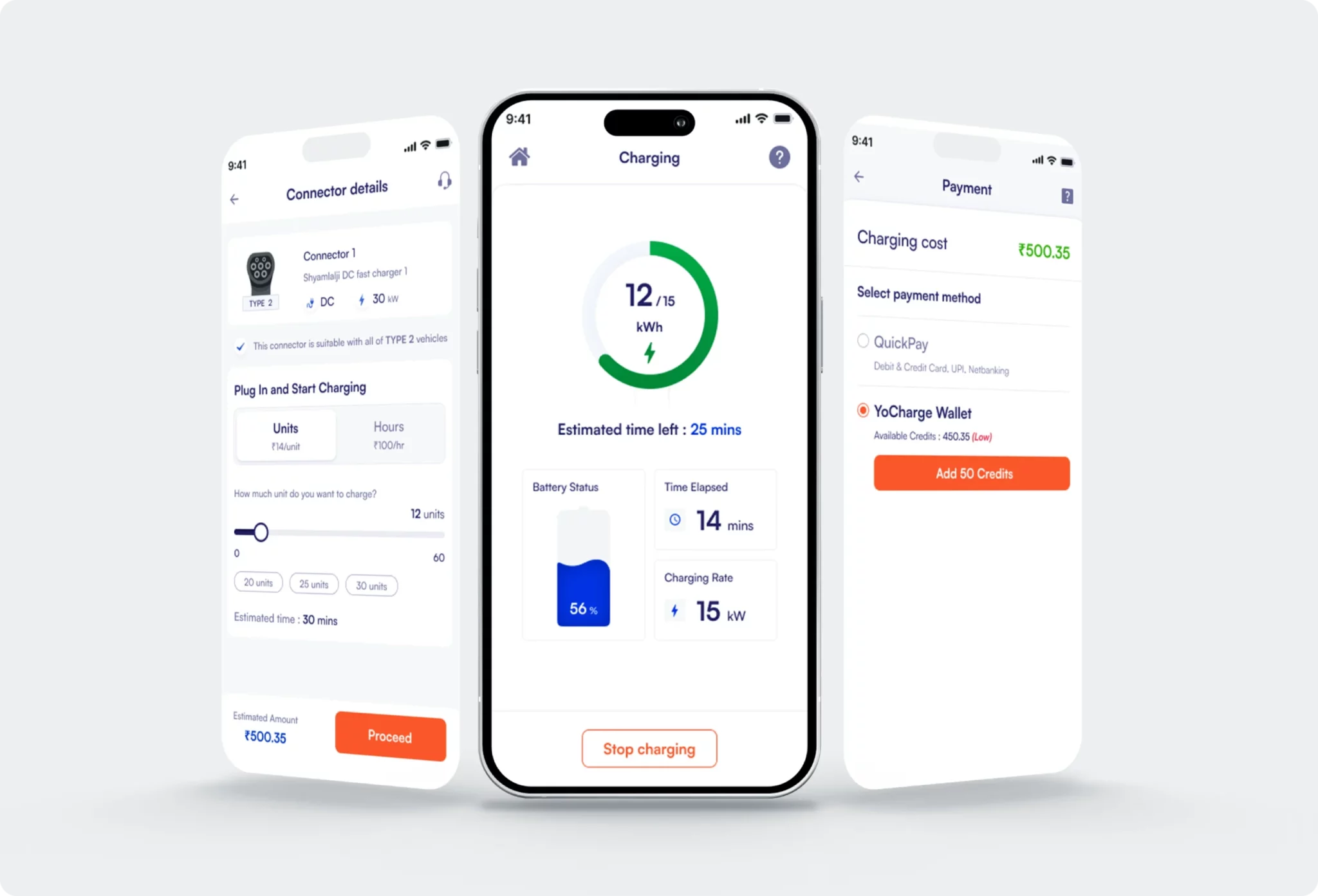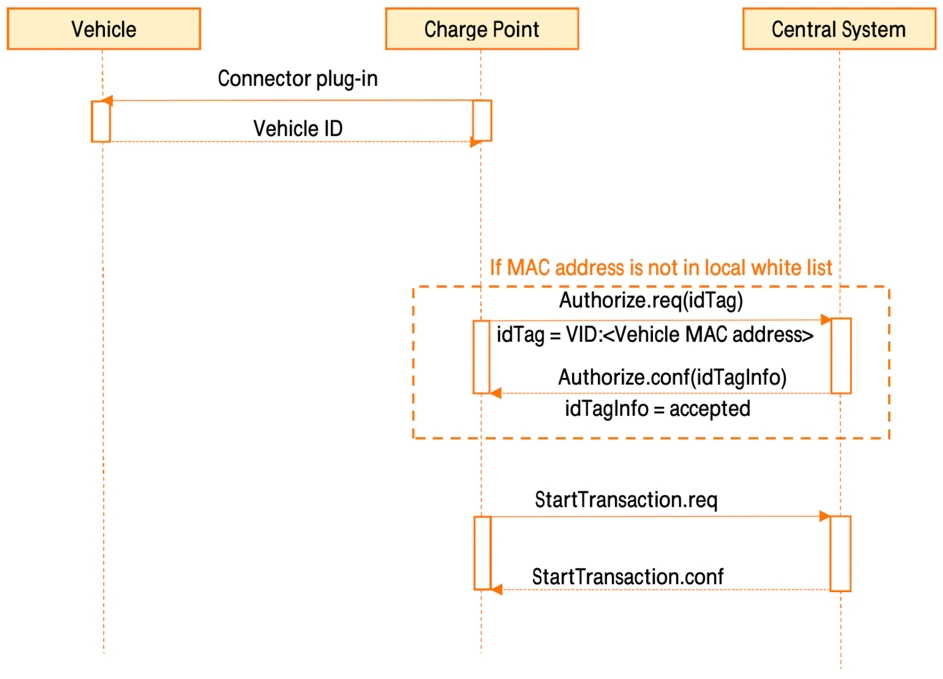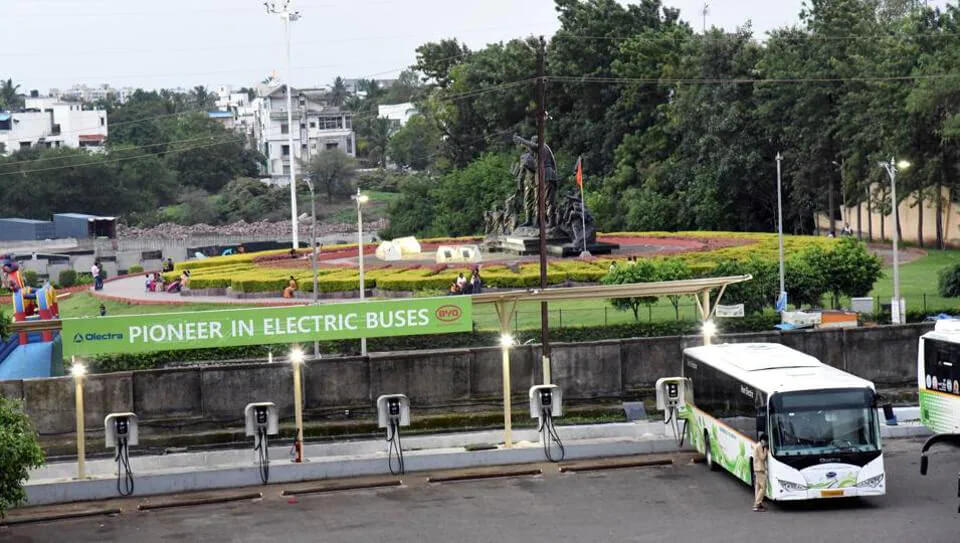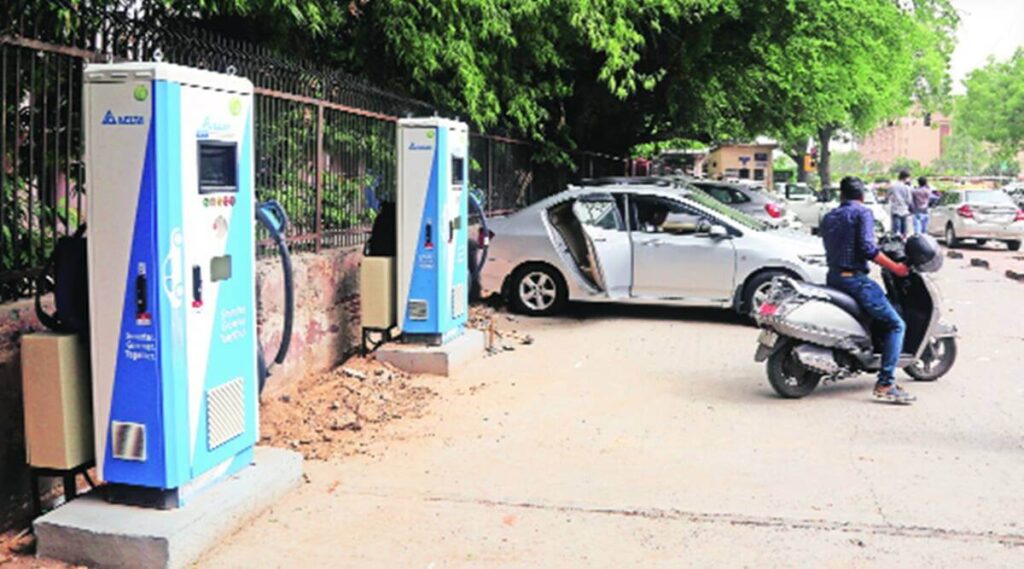
AutoCharge is the charging technology that starts charging session automatically, as soon as charging plug is connected to the car. This saves time for EV user as they do not need to manually authenticate, select units, pay & then start charging session. Instead, in AutoCharge as soon as they connect the vehicle to the charging connector, the system identifies & authenticates user based on Vehicle Information and starts the charging session, if user has sufficient balance.
Advantages of AutoCharge ?
AutoCharge reduces the number of steps that an EV user has to undertake before they can actually start charging. In normal scenario, once the EV user plugs in the charging connector to EV, then they go their app & select charge point. Then select the connector & number of units or time, they wish to charge. After selecting the units, they do the payment from wallet and then charging starts.
However, in AutoCharge, once the EV user connects the charging cable to the electric vehicle. The EV communicates a unique ID through the combined charging system (CCS) connector to the charge point, which in turn communicates this unique ID to Charging Management System. The system recognises this unique ID and initiates the charging session automatically. User identification, authorization, and payment take place in the background. As a result, the number of steps required are significantly reduces and EV user charging experience improves.
How does AutoCharge work ?
Autocharge is one of the innovative approach to creating a seamless experience for EV drivers, particularly for on-the-go charging. After creating an account with an EV charging network, EV drivers complete a one-time registration. After that, all the chargers that support autocharge in that network will recognize the registered EV and initiate a charging session automatically when the car is plugged in.
Once activated the autocharge can be used without any mobile app or smartcard or need to scan QR code. As soon as the EV is connected, the feature gets instantly activated & charging starts.
Communication Protocols that Currently Enable Autocharge
- DIN SPEC 70121
- ISO 15118
DIN SPEC 70121 is a subset of an early version of the ISO 15118 standard that solely focuses on DC charging and does not support a secure communication via TLS. ISO 15118, on the other hand, supports TLS.
How to stop charging started with auto charge ?
To stop a charge session initiated by auto charge any allowed method can be used as long as it is supported and properly implemented in the Charge Point and Central System. This includes:
- Remote charging session stop by the user using mobile apps.,
- Using Smartcard
- Using manual switch if available in chargepoint.
What is required for AutoCharge to work ?
Although the technology has been around for several years, adoption of Autocharge has been limited. This because successful working of this features requires not just complaint CMS or EV car or charger, instead it requires all three.
Pre-requisites for auto charge feature to work:
- An EV Central Management system that supports auto charge.
- The electric vehicle (EV) should support auto charge feature. The EV should be able to send unqiue Vehicle Identification Number (VIN) or Media Access Control (MAC) address to the CCS connector.
- The Chargepoint should be OCPP 1.5 or above compliant.
How is Autocharge different from Plug & Charge ?
While auto charge offers the same user-friendly, seamless charging experience as Plug & Charge, the technologies used are quite different. Plug & Charge functions on ISO 15118 standard that has specifications, digital signatures, and public key infrastructures to secure communications between the electric vehicle and the charging infrastructure. On the other hand, auto charge is a simple innovation offering automated and convenient charging experiences while optimizing grid management.
As Auto-Charge uses DIN SPEC 70121, available only in CCS2 connectors, auto-charge works only in DC Charging Stations. Hence, a crucial difference is that while Plug & Charge works on both AC & DC Chargers, auto-charge works only in DC Chargers.
Further on implementation side, auto charge is faster, simpler, and cost-effective for both the end user and the charge point operators whereas Plug & Charge is complex, costly, and time-consuming.

Introducing YoCharge
Yocharge is the EV Charging Management Software Company. As a trusted partner of Charge Point Operators our goal is to simplify the launching, operation & growth of EV Charging Services Business. With help YoCharge you can launch your own branded EV Charging business in 7 days with custom mobile Applications.




